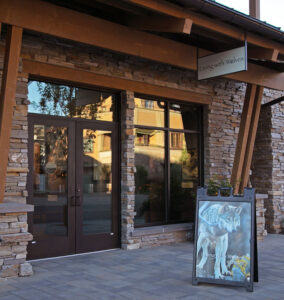UNDERSTANDING HOW WOLVES HELP
Wolves and other top-level (or apex) predators greatly influence their environment. Existing in relatively low numbers, especially when compared to other animals like deer, they disproportionately affect the ecosystems in which they live. This makes their presence especially important. For this reason, wolves are considered a keystone species.
Wolves exert both direct and indirect effects on their ecosystem; influencing their prey, their prey influencing the plant and animal species beneath them, and so forth down the chain. This top-down cascade of effects exists alongside bottom-up effects, all within the same ecosystem.
When wolves return to a region, they can alter the population, distribution, and behavior of their prey, which impacts the other creatures living there—plant and animal—and in doing so they change the landscape itself. The study of such trophic cascades has made clear that when one element of an ecosystem is altered, the cumulative effects of the change may not be immediately apparent, but they can be far-reaching and profound. From the smallest organisms to the largest, and all the natural forces that shape their world, everything is connected.
Nowhere have trophic cascades been studied more closely than in Yellowstone National Park. In the short time since wolves were reintroduced to the park in 1995 and 1996, the region went from having no wolves at all to having one of the highest concentrations of wolves in the world. Research from the park has shown that wolves have helped revitalize and restore their ecosystem, increasing populations of countless species from birds of prey, to pronghorn, and even trout.
Scientists are just beginning to map exactly how wolves fit into ecosystems and how they work with other forces, such as fire and drought, to create trophic cascades. Such massive changes don’t occur everywhere wolves reappear, but in these highly studied areas where biologists have tried to connect the dots, the path of connections leads them to wolves. Biologists always expected that the return of wolves would impact other fauna, but in certain areas the changes were far more profound than anticipated.

